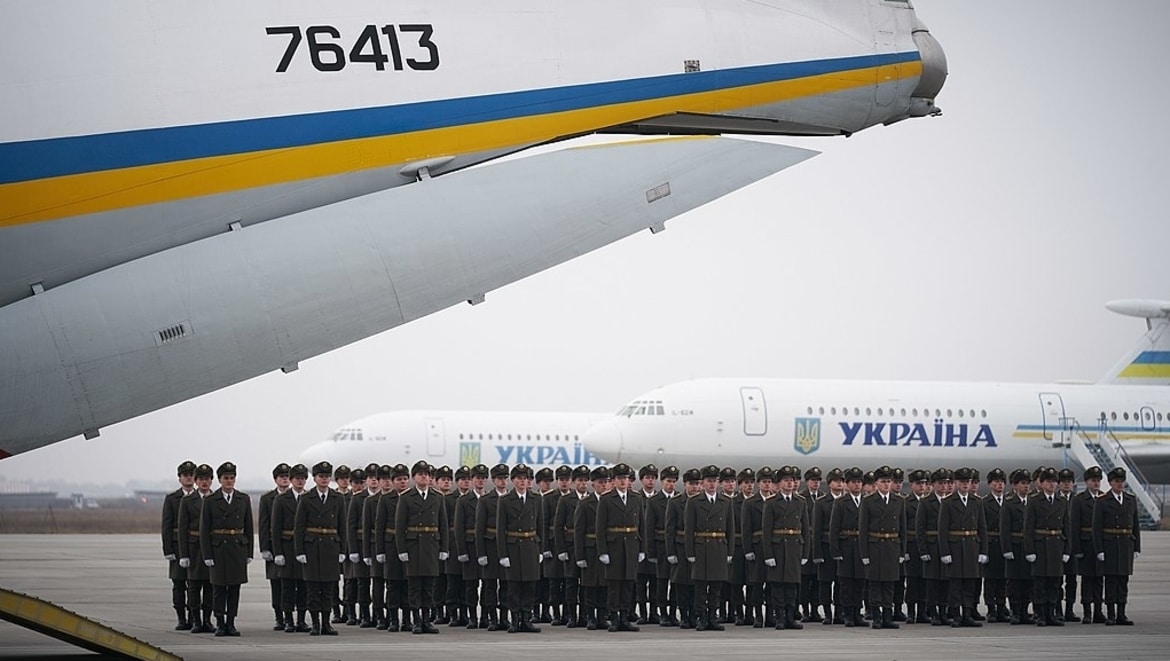
Iranian investigators have detailed the “human error” that contributed towards two missiles being erroneously fired at the Boeing 737-800, killing all 176 passengers on board.
In January, Ukrainian International Airlines Flight 752 was gunned down by the country’s Revolutionary Guard shortly after taking off from Tehran in January.
The 17-page report posted to the Civil Aviation Organisation stated that the missile battery that targeted the passenger plane had recently been relocated and “was not properly reoriented”.
Aside from misalignment of that battery’s radar system, it also pointed to lack of communication between the air defence operator and superiors.
While the report largely reiterates reasons cited by Tehran in the wake of the crash, it reveals detail that has not yet been made public.
The agency notes that Iran’s air defence alert level had been upgraded at around 4:00am on 8 January, as tensions flared with the US over the killing of Qassem Soleimani five days earlier.
The move turned pre-flight authorisation duties over to the country’s military, which was subsequently granted to PS752 at 6:10am.
According to the CAO, the misaligned battery interpreted the aircraft’s heading as 056° – and therefore approaching from the south-west – while it was flying its correct course and altitude of 309°.
The CAO added that following a lapse in communication between the battery operator and the co-ordination centre, the order was given to fire the first of two Tor M-1 missiles “without receiving any response from the co-ordination centre”.
“Under the applicable procedures, if the defence system operator cannot establish communication with the co-ordination centre, and does not receive the fire command, they are not authorised to fire,” stressed the report.
Though investigators did not reveal whether the second missile struck PS752, they stated that the aircraft remained airborne for nearly four minutes following the initial strike – before crashing in Khalajabad, Qom Province.
“The sequence of events clearly shows the occurrence of a chain of events initiated by a human error,” stated the CAO.
“Up to this point, some important contributing links in the chain of events have been identified, which have led to targeting the aircraft mistakenly.”
The downing of PS752 sparked a series of protests across Iran, as well as demands that the country turn the aircraft’s flight recorder over to the international community. In recent weeks, the country’s Foreign Minister announced that local authorities would turn black box data over to the French Accident Investigation Bureau (BEA) – which, on its part, said analysis is due to commence on 20 June.











